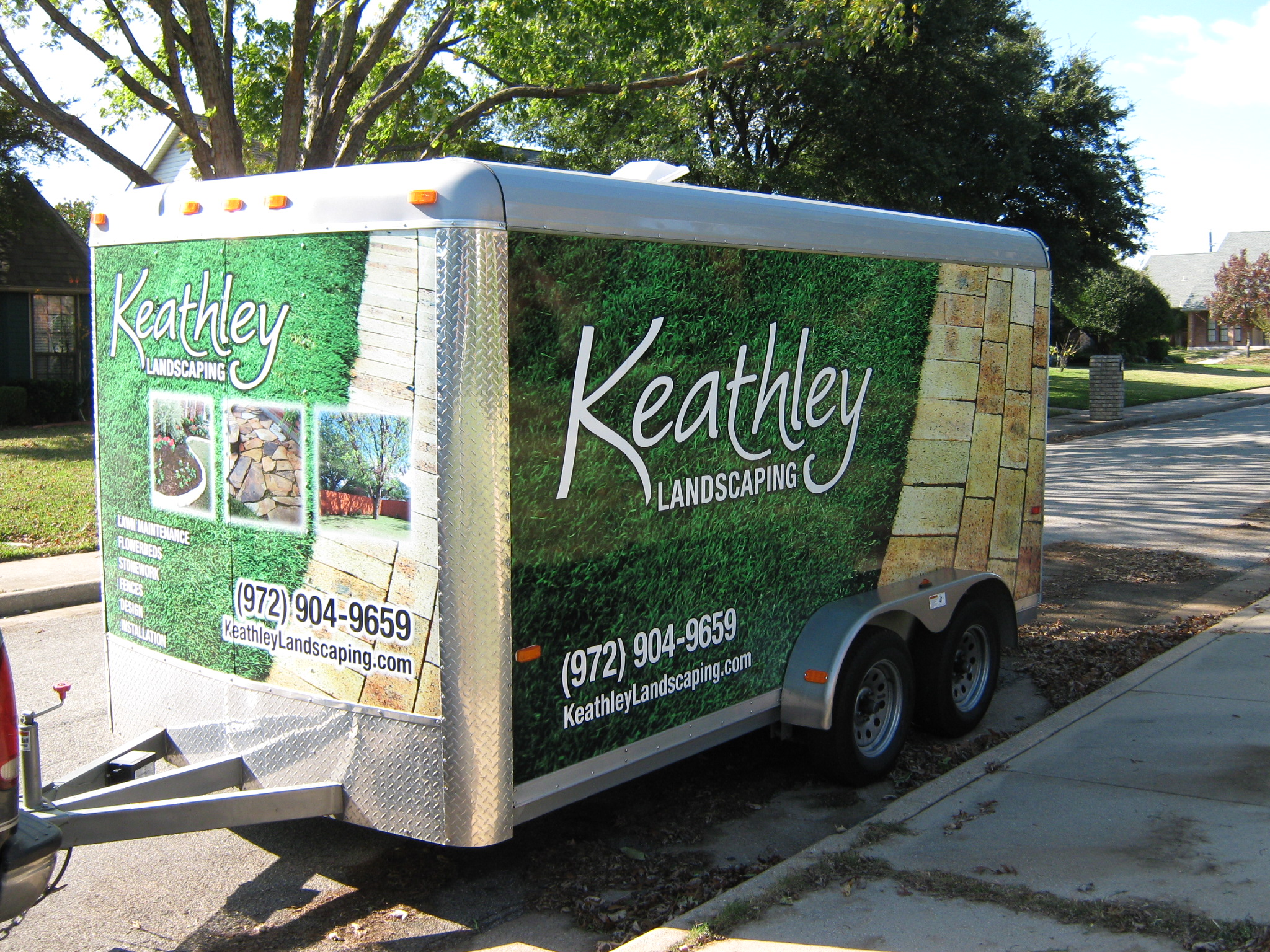Yard Drainage: Understanding the Science of Water Movement
Ever wondered why your backyard turns into a mini swamp every time it rains? 🌧️ Understanding the science of water movement and effective yard drainage can transform your waterlogged lawn into a dry, lush paradise. Let’s dive into the fascinating world of hydrology and explore practical ways to keep your yard dry and vibrant!
Table of Contents
1. The Importance of Yard Drainage
2. The Science Behind Water Movement
3. Practical Yard Drainage Solutions
4. Conclusion
5. FAQs
The Importance of Yard Drainage
Proper yard drainage isn’t just about aesthetics. It’s crucial for maintaining the health of your plants and the structural integrity of your home. Without effective drainage, you might face problems such as soil erosion, foundation issues, and plant diseases. Let’s not forget those pesky mosquitoes that love to breed in standing water! 🦟
The Science Behind Water Movement
Water movement is governed by gravity, soil composition, and landscape slope. When rain falls, it naturally seeks the path of least resistance, flowing downhill and soaking into porous soil. However, compacted soil or a flat landscape can hinder this natural flow, leading to pooling water.
Understanding your yard’s topography and soil type is key. Sandy soils drain quickly, while clay soils retain water, creating potential drainage issues. Identifying these factors helps in choosing the right solutions for your yard.
Practical Yard Drainage Solutions
Now that we’ve covered the basics, let’s explore some practical solutions to enhance your yard’s drainage system.
1. Install a French Drain
French drains are a popular solution. These underground pipes redirect water away from your property, preventing pooling and erosion. They’re especially useful for flat or low-lying areas.
2. Create a Rain Garden
Rain gardens are not only functional but also beautiful. 🌺 By planting moisture-loving plants in a low-lying area, you can absorb stormwater naturally while adding a touch of nature to your yard.
3. Use Permeable Paving
If you’re considering paving, opt for permeable materials that allow water to seep through, reducing runoff and promoting natural drainage.
4. Elevate Your Soil
Sometimes, simply elevating the soil around your home can encourage better drainage. Ensure that the ground slopes away from your home’s foundation.
Conclusion
Yard drainage might seem complex, but with a little understanding of water movement and some practical solutions, you can keep your yard dry and healthy. Whether you choose a French drain or a rain garden, remember that the key is to work with nature, not against it! 🌿
FAQs
Why does my yard flood every time it rains?
Your yard might flood due to compacted soil, poor grading, or inadequate drainage systems. Identifying the root cause is essential for effective solutions.
What is the best way to improve drainage in clay soil?
For clay soil, consider installing French drains and incorporating organic matter to improve soil permeability. Also, creating a gentle slope can help guide water away.
How can I prevent water from pooling near my foundation?
Ensure your yard slopes away from the foundation and consider installing gutters and downspouts to direct rainwater away from your home.
Do rain gardens require a lot of maintenance?
Rain gardens are relatively low-maintenance once established. Regular weeding and occasional mulching are usually sufficient to keep them thriving.
Can I install a French drain myself?
While it’s possible to DIY a French drain, it can be labor-intensive. Hiring a professional ensures proper installation and effective drainage.






































Recent Comments